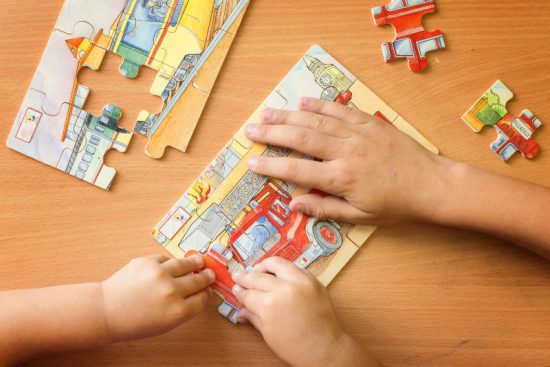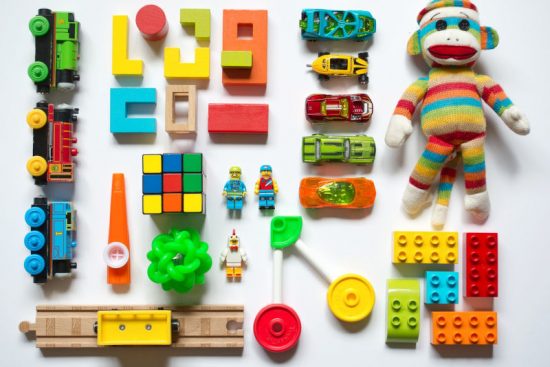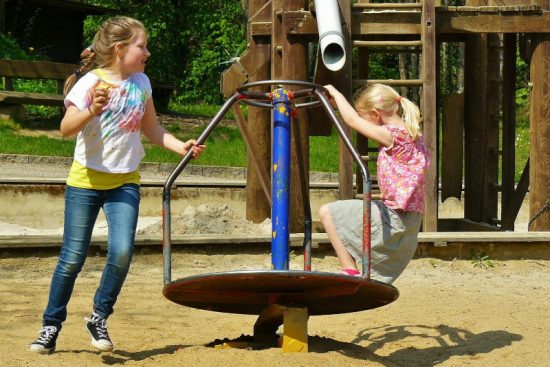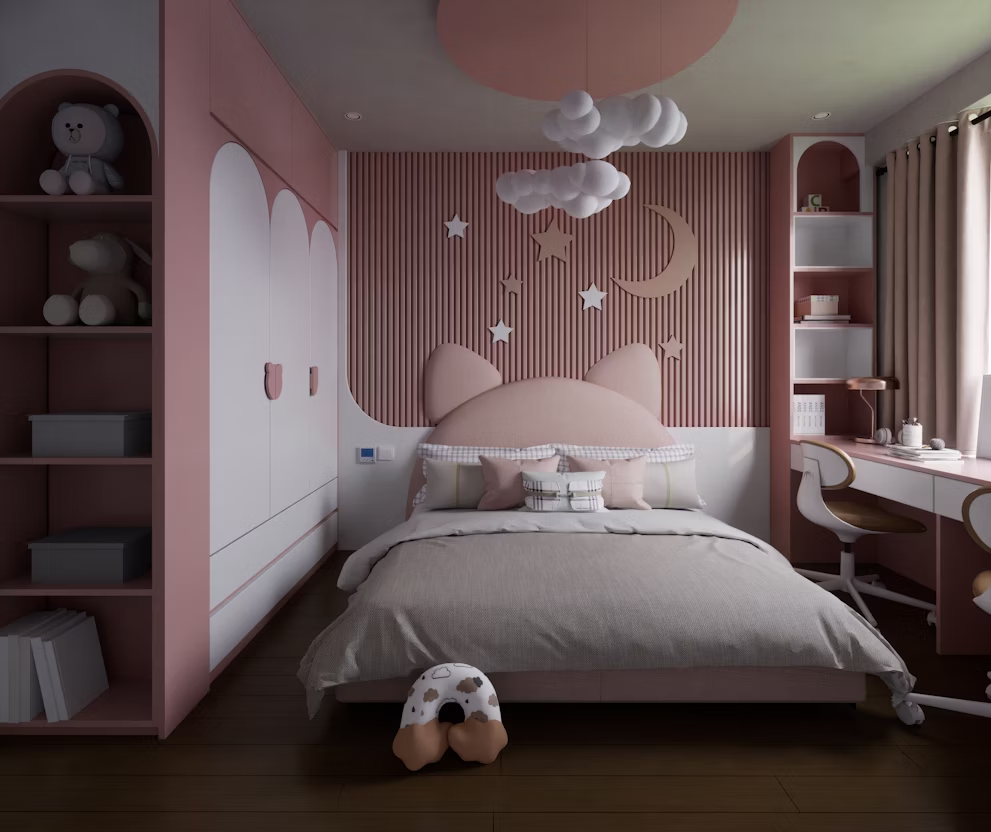
Choosing the right mattress for your child is more important than many parents realize. A good night’s sleep is essential for a child’s physical development, emotional well-being, and learning ability.
Since children are constantly growing, the surface they sleep on must support their body properly while encouraging healthy sleep habits. With several mattress options available on the market, understanding what type is best suited for kids can help parents make informed decisions.
Memory Foam, Innerspring, or Hybrid: Which Type Works Best?
The most suitable mattress for kids often depends on their age, sleep preferences, and sensitivities. Among the common types available are memory foam, innerspring, and hybrid mattresses—each offering unique benefits.
Some Canadian manufacturers, such as Fawcett Mattress Canada, offer hybrid and natural latex mattress options specifically crafted with durability and safety in mind. Their products are made in Canada using carefully sourced materials, making them a reliable choice for health-conscious parents.
- Memory foam molds to the sleeper’s body, which may help some kids feel more supported during the night. These mattresses are particularly good at isolating motion, which means a child won’t be disturbed if they share the bed or tend to toss and turn. However, some memory foam models tend to retain heat, so parents should look for versions with cooling features if their child tends to sleep hot.
- Innerspring mattresses feature coils that offer strong support and better airflow. They are typically more affordable and firmer, which some pediatric experts recommend for spinal alignment in younger children. However, they may lack the cushioning found in other types of mattresses.
- Hybrid mattresses combine innerspring support with foam or latex comfort layers. This type offers a balanced mix of support and contouring, and may appeal to older children or teenagers who require more advanced comfort as their bodies change.
Consider Firmness Based on Age and Sleep Style
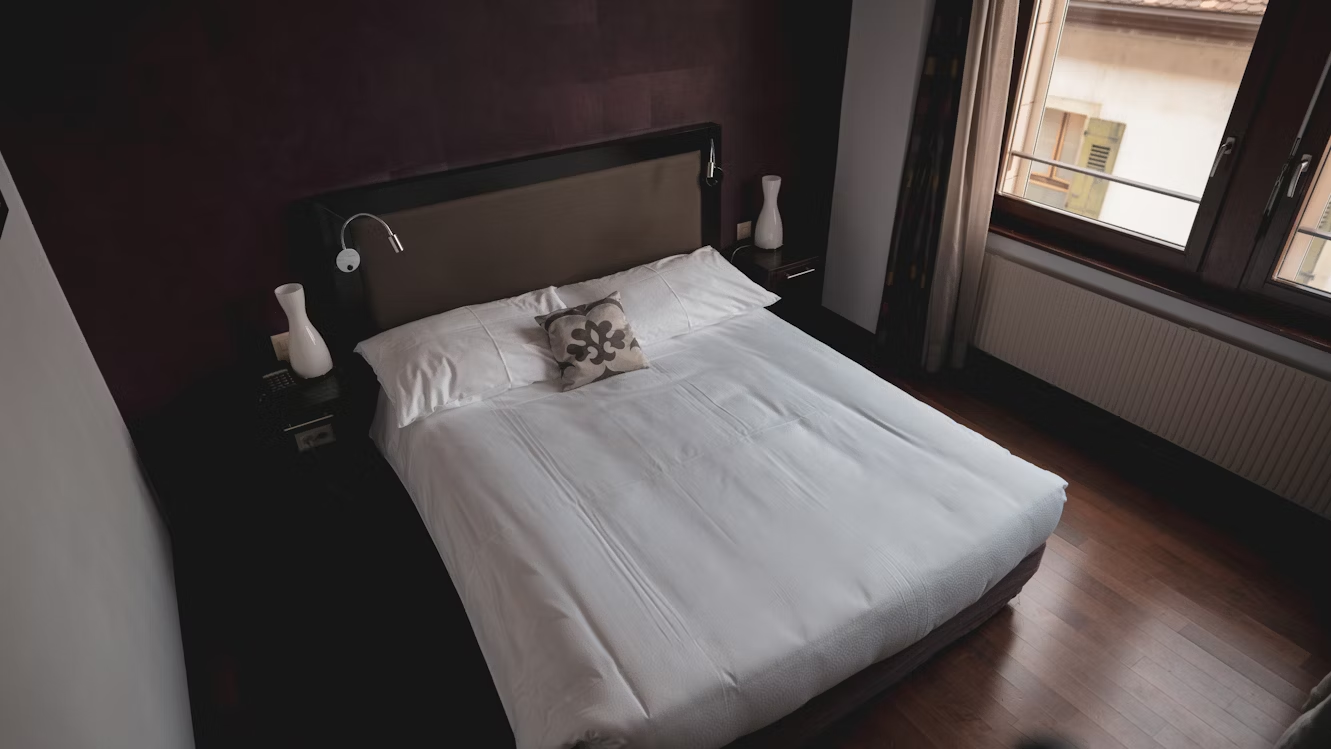
Mattress firmness plays a crucial role in supporting a child’s developing body. In general:
- Toddlers and younger children benefit from medium-firm to firm mattresses, as these provide adequate spinal support while preventing excessive sinkage.
- Older children and teenagers may prefer medium to medium-soft mattresses, especially if they sleep on their sides or prefer a more cushioned feel.
The sleep position also influences the ideal firmness level:
- Back sleepers do well with medium-firm mattresses, which provide optimal spinal alignment and support.
- Side sleepers may need more contouring at the shoulders and hips, which softer surfaces can provide.
- Stomach sleepers typically require firmer support to avoid over-arching the spine.
Parents should consider these factors while also recognizing that firmness preferences can evolve as a child grows.
Evaluate Durability for Long-Term Use
Children may outgrow their mattress before it wears out, but durability is still a key factor—especially if you plan to keep the mattress through their adolescent years.
- High-density foams and strong coil systems tend to last longer without sagging.
- Waterproof covers or washable protectors can help extend a mattress’s lifespan by preventing stains and damage from accidents or spills.
- For bunk beds or trundle setups, ensure the mattress is designed to maintain its shape under pressure and has the correct profile (height) to fit the frame securely.
Although a child’s mattress doesn’t need to last a decade, a quality product can comfortably support them through multiple growth stages.
Match the Mattress Size to Your Child’s Needs
Choosing the right mattress size is also essential and often depends on your child’s age, room size, and plans.
- Twin-size mattresses (38″ x 75″) are the most common choice for kids. They fit most bed frames and are space-efficient, making them ideal for small rooms or bunk beds.
- The Twin XL (38″ x 80″) offers additional legroom and is ideal for taller children or teens.
- Full-size (54″ x 75″) mattresses provide more room to spread out and may be better suited for children who move around in their sleep or prefer a bed that can last into adulthood.
While larger mattresses offer more flexibility, it’s also important to consider the space available in the child’s bedroom and whether you expect them to grow significantly in the coming years.
Final Takeaway
The best type of mattress for kids strikes a careful balance between support, comfort, durability, and safety. The ideal mattress type, whether memory foam, innerspring, or hybrid, depends on a combination of factors, including age, health, sleep position, and the child’s expected growth. By focusing on firmness, material quality, and proper sizing, parents can create a sleep environment that supports their child’s well-being at every stage of development.


